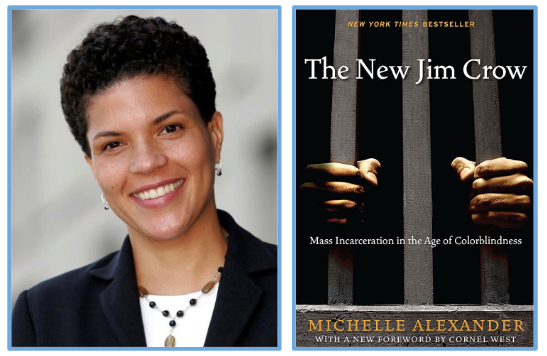TOPIC 9.1 Contextualizing the Conservative Revolution
Student-Led DISCUSSION: Michelle Alexander’s the New Jim Crow
Unit 9: Explain the context in which the United States faceD...domestic challenges after 1980.
Objective 1: Students will contextualize the Conservative Revolution amidst the declining efforts to ensure Civil Rights for all Americans.
Objective 2: Students will also be able to describe the racial implications of the War on Drugs.
This objective in an Antiracist classroom:
“A human rights nightmare is occurring on our watch.” - Michelle Alexander
Strategists culminated the rise of a Conservative Revolution by launching Ronald Reagan into the White House. Reagan’s political star rose with his critique of the Civil Rights Act and later with the demonization of the initial antiracist advocate, Angela Davis. Reagan proudly campaigned for states’ rights across the South on advice from campaign manager, Lee Atwater, who famously admitted the key to their Southern Strategy, “you can’t say “n***** that hurts you, it backfires. So you say stuff like, forced busing, states’ rights, and all that stuff...” Another key phrase was “Law and Order,” which meant, “tell those civil rights people to shut up and get off the streets.” This phrase was meant to attract “negrophobes,” as Kevin Phillips, a top Nixon strategist bragged in his 1970 book, the Emerging Republican Majority.
Michelle Alexander documents the racial language used in the “Rise of the Right” and the origins of the War on Drugs. Today, white Americans are more likely to sell drugs than African Americans, yet only 1 in 17 white American males will spend time in prison while 1 in 3 African American males have been incarcerated at some point in their lives.
Notes
I borrowed this awesome group discussion format from Marisa Thompson of Unlimited Teacher and customized it to fit the US History classroom. The passage from Michelle Alexander’s book comes from the excellent work of Teaching For Justice. They have some different question ideas for the text, but my students love this discussion format. This a perfect opportunity to be the “guide on the side” rather than the “sage on the stage.”

